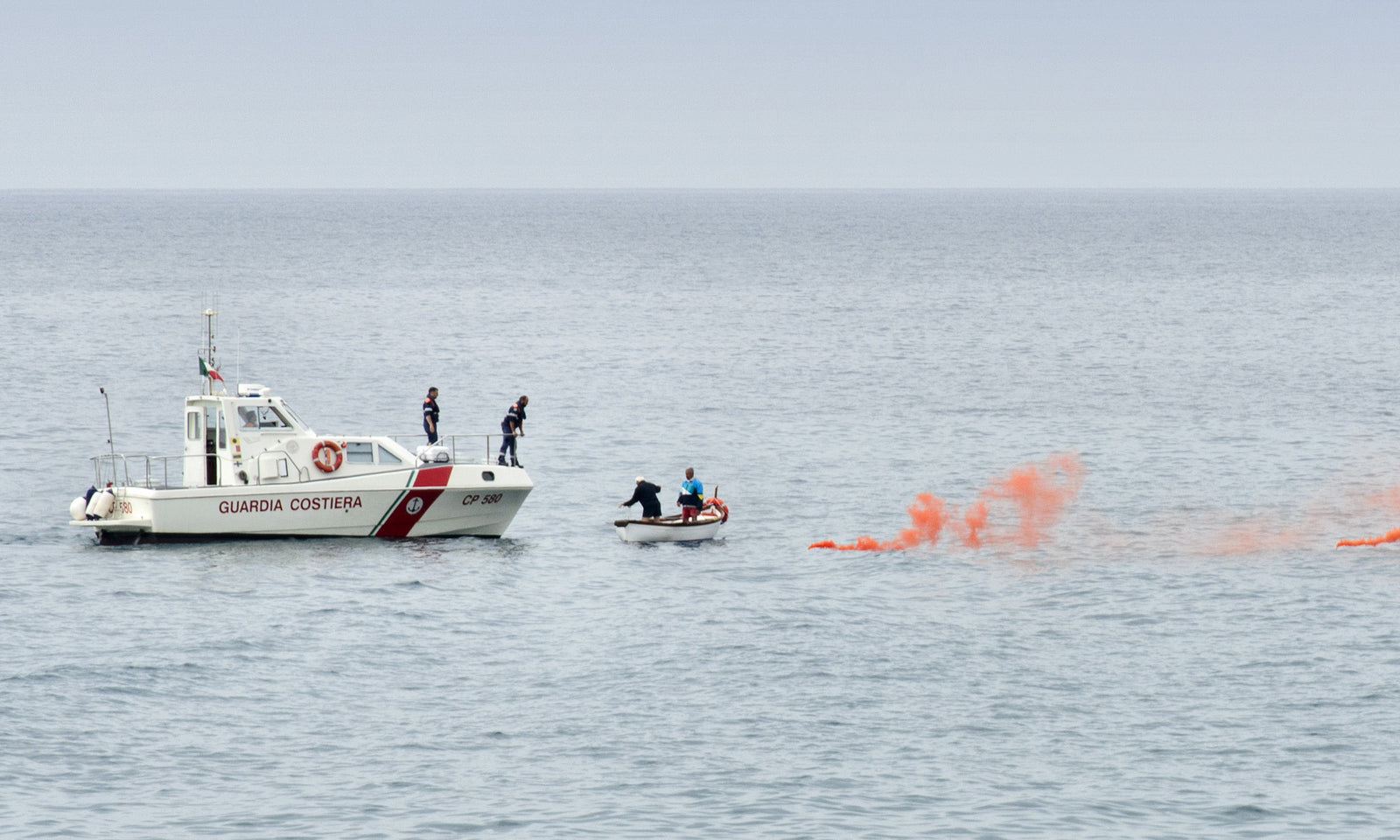A visual distress signal, or VDS, is an essential piece of safety equipment for boaters. These signals are used to indicate to other vessels that you need help. There are many types of visual distress signals, and knowing which type to use in different situations is essential. In this blog post, we will discuss the importance of visual distress signals for boaters and provide tips on using them safely and effectively.
What Are Visual Distress Signals (VDS)?
Visual distress signals (VDS) are signaling devices that indicate the location of a distressed vessel or individual to rescuers. They can be used day or night and are an essential piece of safety equipment for boaters and sailors. Regardless of the type of VDS used, it is crucial to know how to use it properly to maximize its effectiveness.
Why Are Visual Distress Signals Important for Boaters?
With so many boats on the water, boaters need to be able to signal for help in the event of an emergency. Visual distress signals (VDS) are one way to do this. VDS are devices that can alert others to your location and create a visual signal that can be seen from far away.
While VDS requirements vary by vessel size and class, they are highly recommended for every boat owner, as they could be the difference between being rescued and being lost at sea. So whether you’re boating for pleasure or a professional mariner, it’s always a good idea to carry some form of visual distress signal with you.

How Should Boaters Use VDS in an Emergency?
In an emergency, boaters should use VDS to attract attention. There are many different types of VDS available, but they all serve the same purpose: to make the boater visible to rescuers.
VDS should be used before the emergency becomes dire, such as when a boat first starts to take on water. Employing a VDS early in an emergency will give rescuers more time to reach boaters in distress and provide assistance. Once VDS are deployed, the boater should stay close to them if possible and continue to signal for help until rescue arrives.
What Are Some Common Visual Distress Signals Boaters Can Use?
VDS fall into two categories, non-pyrotechnic or pyrotechnic. Some of the most common devices within each category include:
Non-Pyrotechnic
- Flag signals: Flags can be used to create visual signals during the day. Distress flags are a convenient daytime method of signaling.
- Mirrors: A visual distress mirror can reflect sunlight and create a visual signal during the day.
- Lights: Electric-based distress signals can signal for help at night or in low visibility conditions. Handheld lights and lanterns are two of the most common types of lights used for signaling, but strobe lights and chemical lights can also be effective.
Pyrotechnic
- Handheld flares: Handheld flares are pyrotechnic devices that create a bright, burning light. They are one of the most effective VDS and can be seen for miles.
- Smoke signals: Orange smoke signals are another type of pyrotechnic VDS. They’re most effective for daytime use and can be seen for long distances. Smoke signal devices may be floating or handheld.
- Parachute Flares: Parachute flares are pyrotechnic devices launched into the air with a small parachute. They create a bright light that can be seen many miles away.
Our article, US Coast Guard Requirements: Boat Safety Equipment, may also be helpful if you need to educate yourself more thoroughly about Coast Guard requirements. Additionally, our podcast episode with Seachoice provides some great information as well.
What to do When you See a Visual Distress Signal
If you see a visual distress signal, the first step is to notify the US Coast Guard and other authorities. Once they have been notified, you can then assist the boat in distress. You should only help if it is safe to do so and you are not putting yourself or others at risk. If the situation appears too dangerous, do not attempt a rescue and wait for professional help to arrive. Remember, safety is always the top priority, and it does not help to add to the number of people the professionals need to rescue.
If you are not able to help, you should stay close to the boat in distress and continue to observe the situation until help arrives. After assistance comes, you may be asked to answer questions about what you saw, so staying on the scene and cooperating with authorities is important.
Remember, even if you cannot provide direct assistance, your call to the authorities could mean the difference between life and death for the stranded boaters.

Are There Any Special Considerations Boaters Should be Aware of When Using VDS?
There are a few special considerations boaters should take into account when using VDS:
- Make sure you know how to use the VDS properly before deploying them in an emergency. Always follow the manufacturer’s instructions. Each manufacturer may have different recommendations for how to best use their product. In an emergency, boaters must use their VDS correctly and effectively. Failing to do so could result in serious injury or death.
- In some cases, it may be best not to use a VDS. For example, if you are lost in a remote area, and there is no one around to see the signal, it may be better to conserve your VDS for the most optimal deployment time and focus on other survival methods.
- Be sure to check the expiration date on your VDS and replace them as necessary. VDS devices have a limited shelf life and will not work properly after expiration.
- Store VDS devices in a dry, readily accessible location on your vessel. In an emergency, every second counts. You don’t want to waste valuable time searching for your VDS when you could be using them to signal for help.
- Make sure everyone on board your vessel knows where the VDS are stored and how to use them. In an emergency, everyone on board must be aware of the proper procedures for using VDS.
- Carefully review federal and local regulations regarding visual distress signal requirements for your area before deployment.
Where can boaters get more information about visual distress signals and other safety measures for boating emergencies?
The US Coast Guard Auxiliary offers public courses on boating safety. The Coast Guard also has a Boating Safety Division that provides information and publications on boating safety regulations and initiatives. Some states also have boating safety education programs. In addition, the National Safe Boating Council is a nonprofit organization that promotes boating safety through education and awareness. Boaters can consult these resources for more information on visual distress signals and other safety measures for boating emergencies.
Final Word
Visual Distress Signals play an important role in maritime safety, and they can help rescuers find people in trouble on the water and get them the help they need. All boaters should know how to use these signals properly and be ready to use them in an emergency. Boaters must carefully select the appropriate VDS based on their vessel size, type, and location.
Preparation, precaution, and proper usage of boat safety devices can help ensure a fun and safe experience for all.
Safe boating is smart boating!












